اثر وابسته به زمان پروفایل کلسترول پس از عمل جراحی بر نتایج دراز مدت عمل بای پس عروق کرونر ایزوله
جراحی بای پس عروق کرونر (CABG) یک درمان حیاتی برای بیماری عروق کرونر (CAD) است که به بسیاری از بیماران امید می دهد. با این حال، سفر به سمت بهبودی به خود جراحی ختم نمی شود. مدیریت بیماران پس از عمل، به ویژه کنترل سطح کلسترول، نقش مهمی در تضمین سلامت طولانی مدت و جلوگیری از حوادث قلبی بعدی دارد. مطالعه اخیر منتشر شده در "Lipids in Health and Disease" تأثیر پویا پروفایل های کلسترول را بر نتایج دراز مدت پس از جراحی CABG روشن می کند.
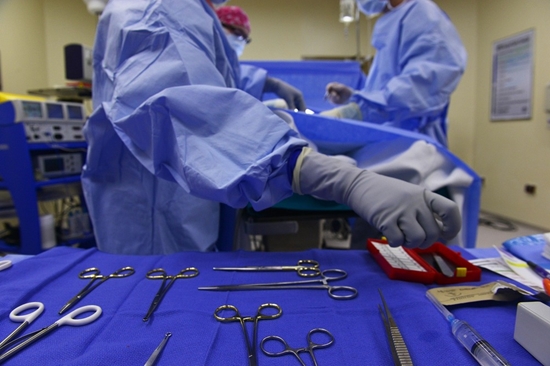
این مطالعه همگروهی گذشتهنگر، بر روی دادههای مرکز قلب تهران، با تمرکز بر بیمارانی که بین سالهای 2009 و 2016 تحت عمل جراحی CABG ایزوله قرار گرفتند، انجام شد. در این مطالعه 18657 بیمار، با مدت زمان متوسط پیگیری 4.5 سال، از نظر ارتباط لیپوپروتئین با چگالی کم (LDL)، لیپوپروتئین با چگالی بالا (HDL) و نسبت آنها با عوارض جانبی عمده قلبی و عروقی مغز (MACCE) و همه عواملی که باعث مرگ و میر می شوند، مورد بررسی قرار گرفتند.
در این تحقیق بر اهمیت نظارت و مدیریت پروفایل های کلسترول، به ویژه تمرکز بر هر دو سطح LDL و HDL، برای بهبود نتایج بلند مدت برای بیماران CABG تاکید می شود. ارائه دهندگان خدمات درمانی باید این یافته ها را هنگام توسعه برنامه های مراقبت پس از عمل در نظر گرفته و اطمینان حاصل کنند که بیماران به داروهای کاهش دهنده چربی و اصلاحات شیوه زندگی برای بهینه سازی پروفایل کلسترول خود پایبند هستند.
می توان از این مطالعه نتیجه گرفت که ماهیت پویای سطوح کلسترول و تأثیر آن بر نتایج دراز مدت سلامتی پس از جراحی CABG را غیرقابل انکار است و همچنین بینش های ارزشمندی را در مورد نقش مدیریت کلسترول پس از عمل در کاهش خطر ابتلا به حوادث نامطلوب عمده قلبی و عروقی و مغزی و بهبود بقای کلی بیمار ارائه می دهد. با اولویت دادن به یک رویکرد جامع برای کنترل کلسترول، میتوان کیفیت زندگی و پیشآگهی طولانیمدت را برای بیمارانی که پس از جراحی CABG بهبود مییابند، افزایش داد.
Time-varying efect of postoperative cholesterol profle on long-term outcomes of isolated coronary artery bypass graft surgery
Abstract
Background: Controlling cholesterol levels is one of the primary goals of preventing atherosclerotic plaque progression in patients undergoing coronary artery bypass graft (CABG) surgery. This study aimed to investigate the impact of serum cholesterol profile at multiple time points following isolated CABG surgery on long-term patient outcomes.
Method: This retrospective cohort study was conducted on the admission and follow-up data of isolated CABG patients from the Tehran Heart Center registry between 2009 and 2016. The association of low-density lipoprotein (LDL), high-density lipoprotein (HDL), and their ratio as an atherogenic index with major adverse cardiac and cerebrovascular events (MACCE) and all-cause mortality were evaluated using time-varying survival analysis methods.
Result: A total of 18657 patients were included in this analysis. After adjusting for known confounding factors, no significant difference in all-cause mortality and MACCE was observed at different LDL levels. The incidence of acute coronary syndrome (ACS) in patients with LDL > 100 mg/dl and LDL < 50 mg/dl was significantly higher than in the control group (P-value = 0.004 and 0.04, respectively). The incidence of cerebrovascular accidents (CVA) at LDL > 100 mg/dl was also significantly higher compared to the control group (P -value = 0.033). Lower HDL levels were significantly associated with a higher MACCE (P -value < 0.001), all-cause mortality (P -value < 0.001), ACS (P -value = 0.00), and CVA (P -value = 0.014). The atherogenic index was also directly related to MACCE and all its components (all P-values < 0.001).
Conclusion: LDL/HDL ratio is suggested as a better marker for secondary prevention goals compared to LDL alone in patients undergoing CABG surgery.
Keywords: Cholesterol profile; Competing risk, LDL/HDL ratio; Coronary artery bypass graft surgery; Coronary artery disease; Low-density lipoprotein to high-density lipoprotein ratio; Time-varying covariates.
© 2023. BioMed Central Ltd., part of Springer Nature.




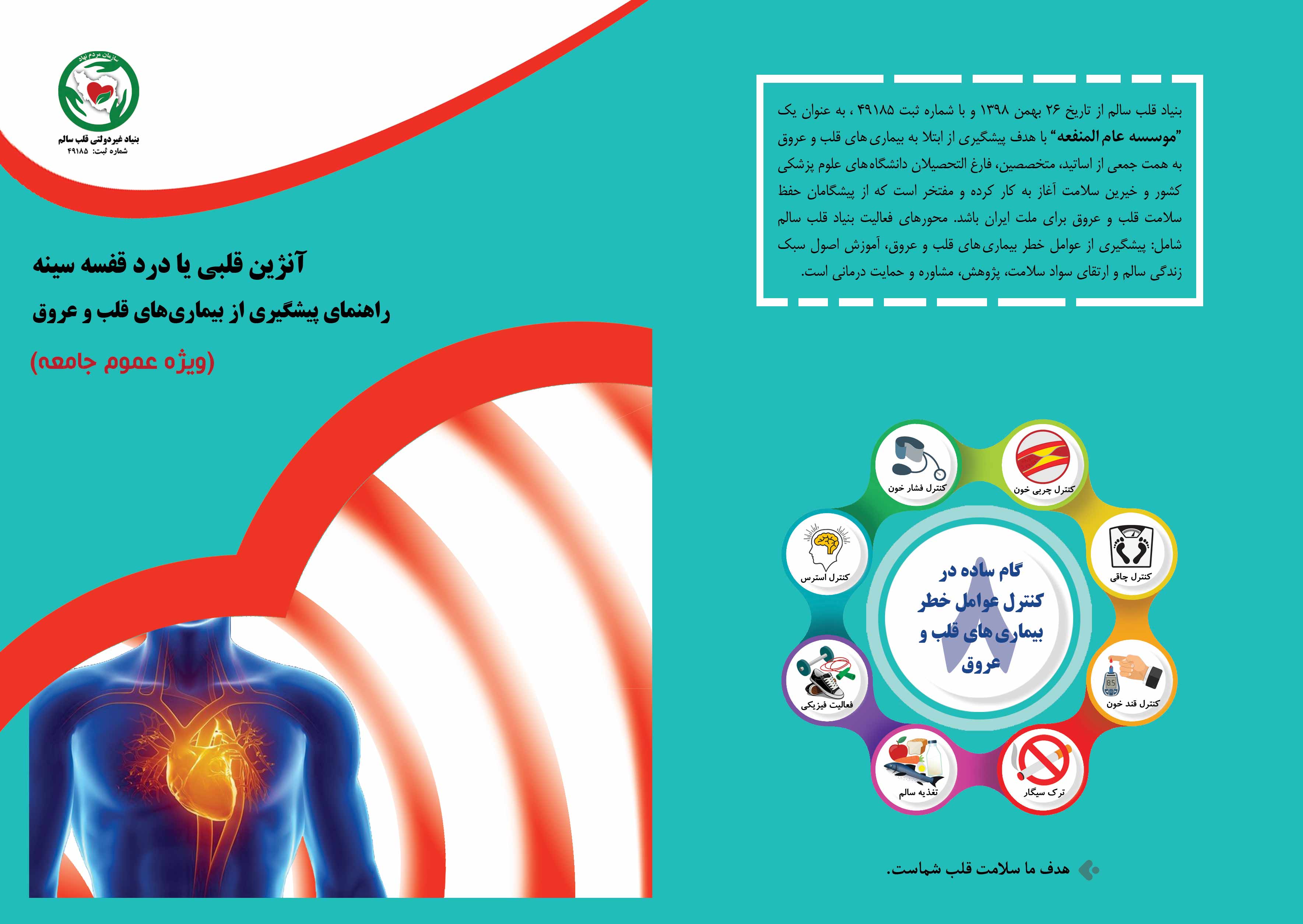
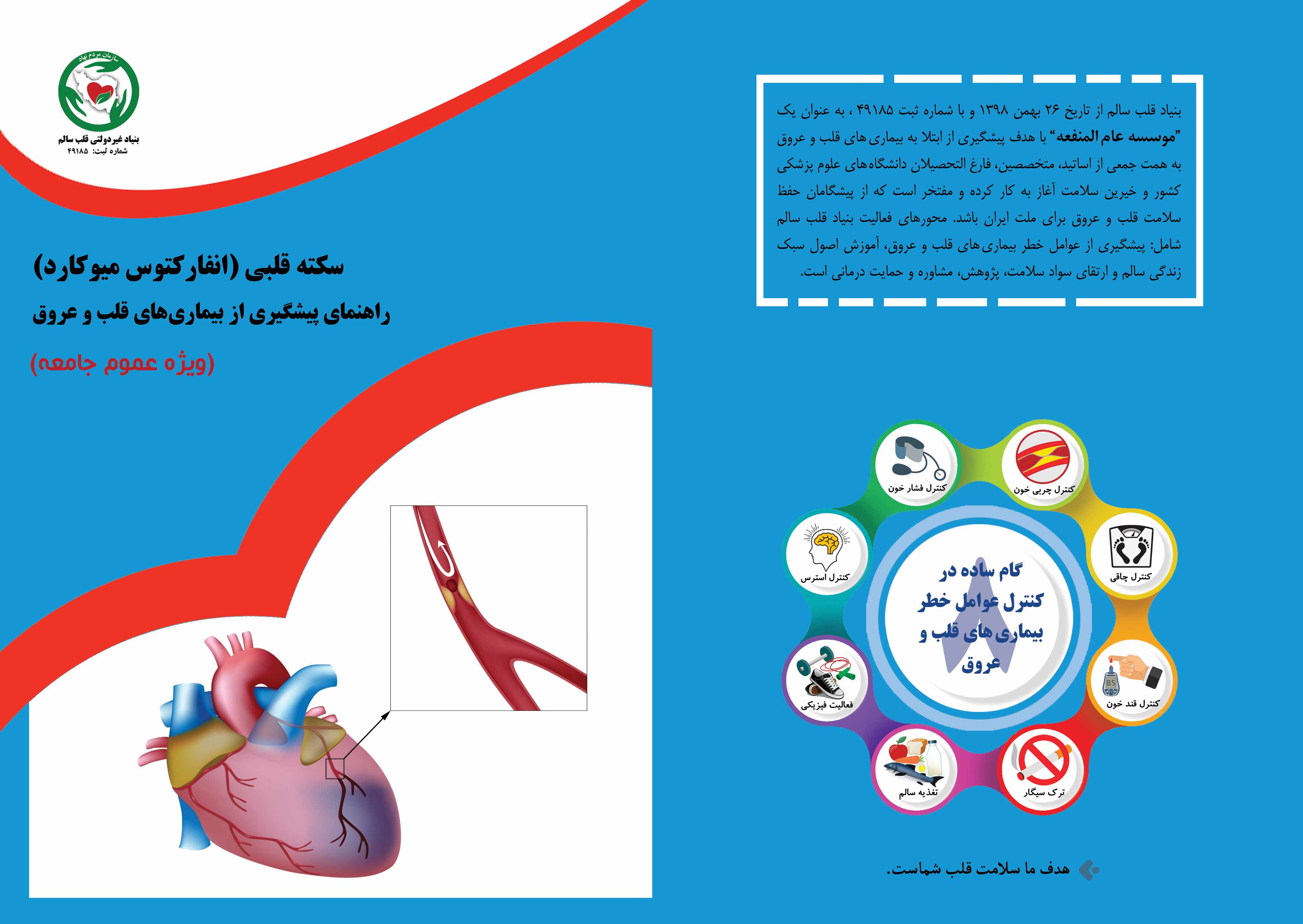
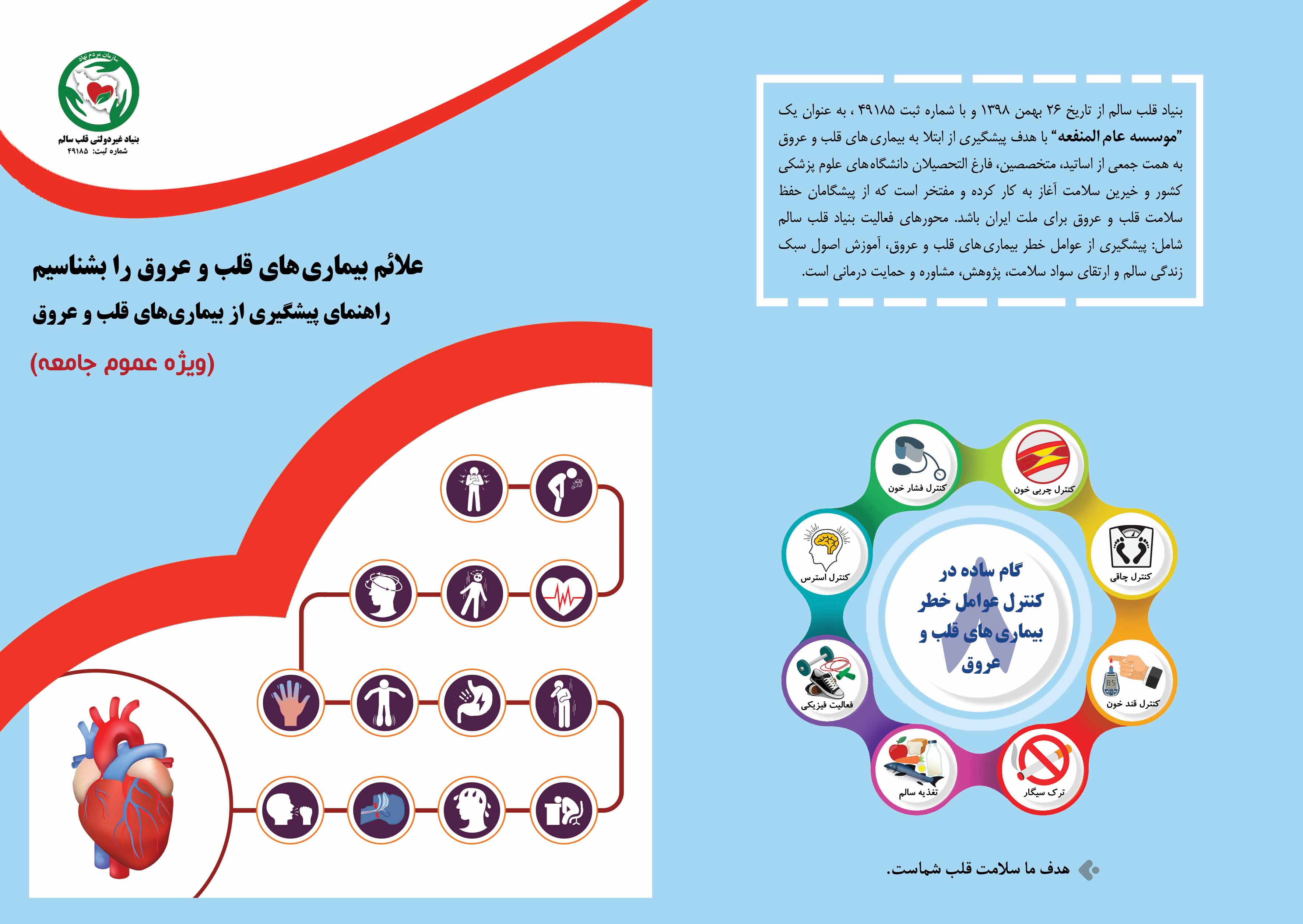
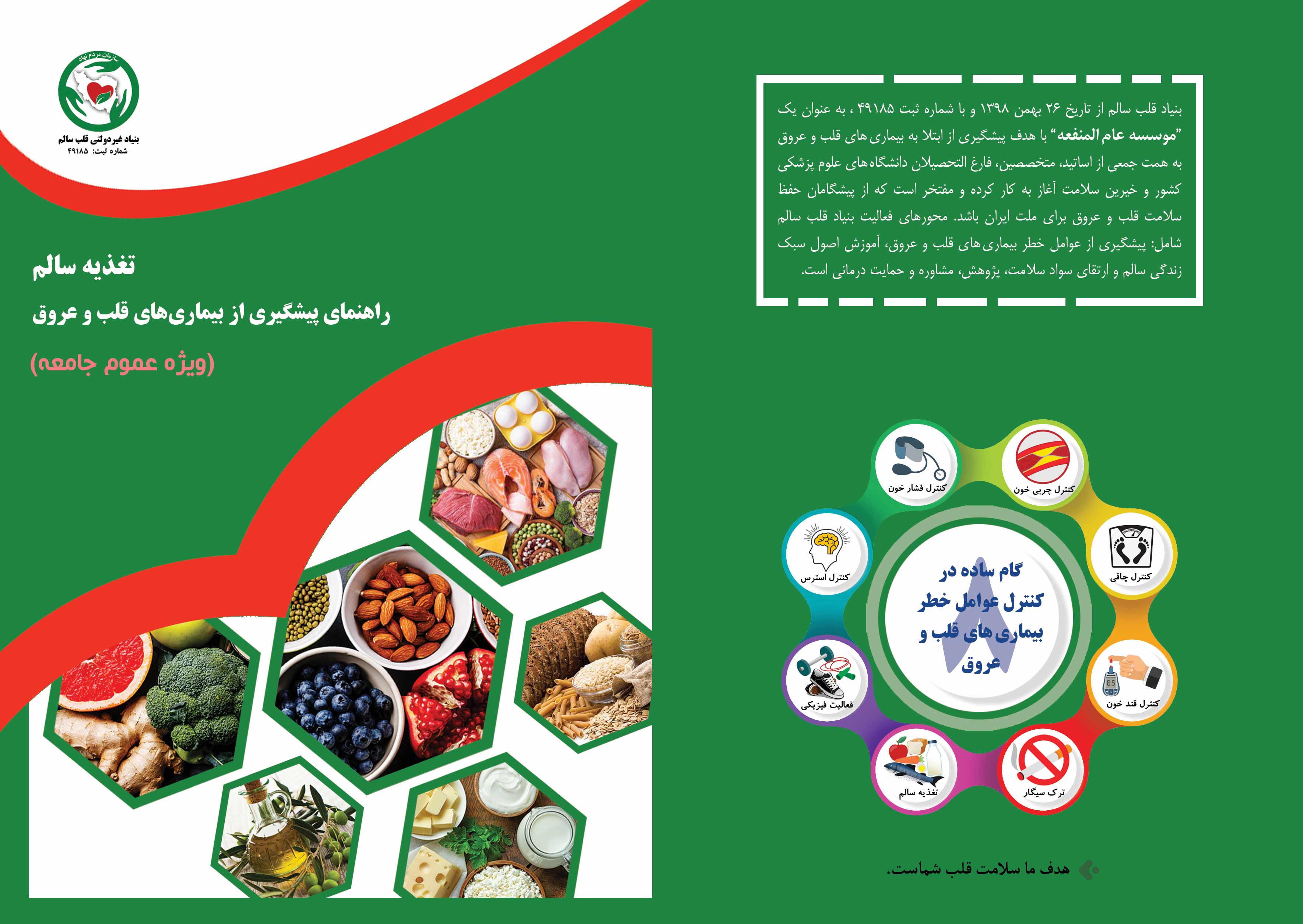
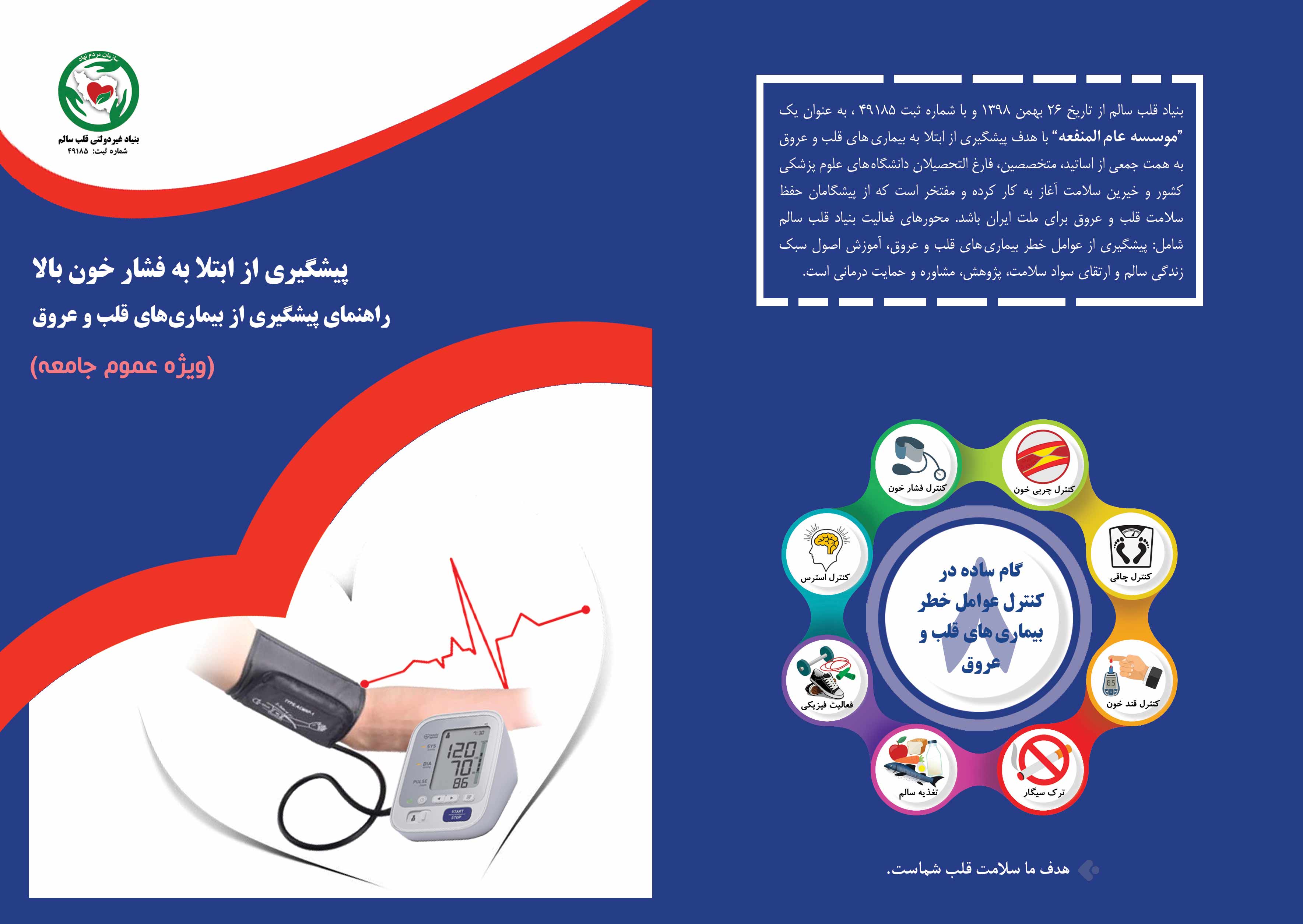
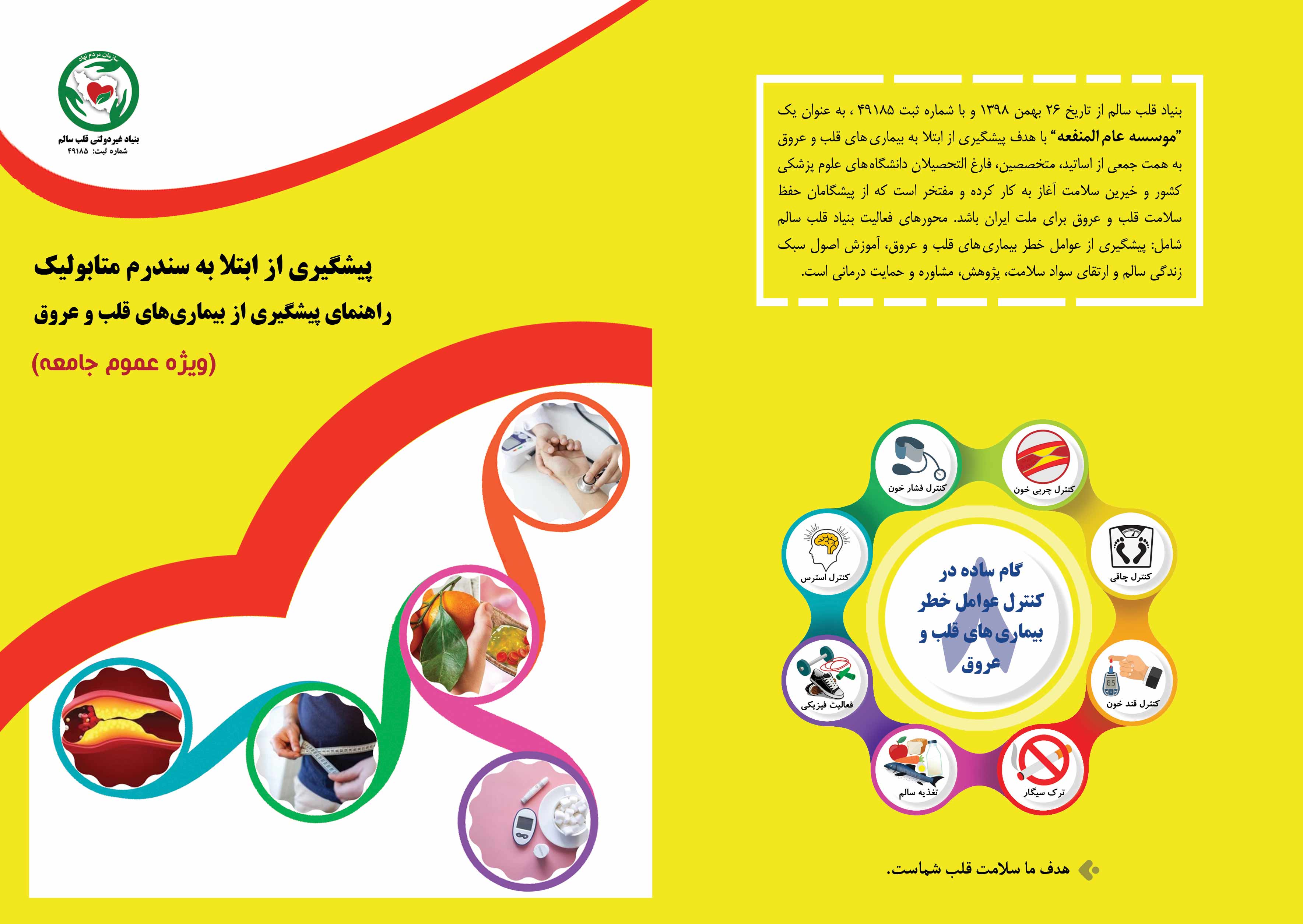
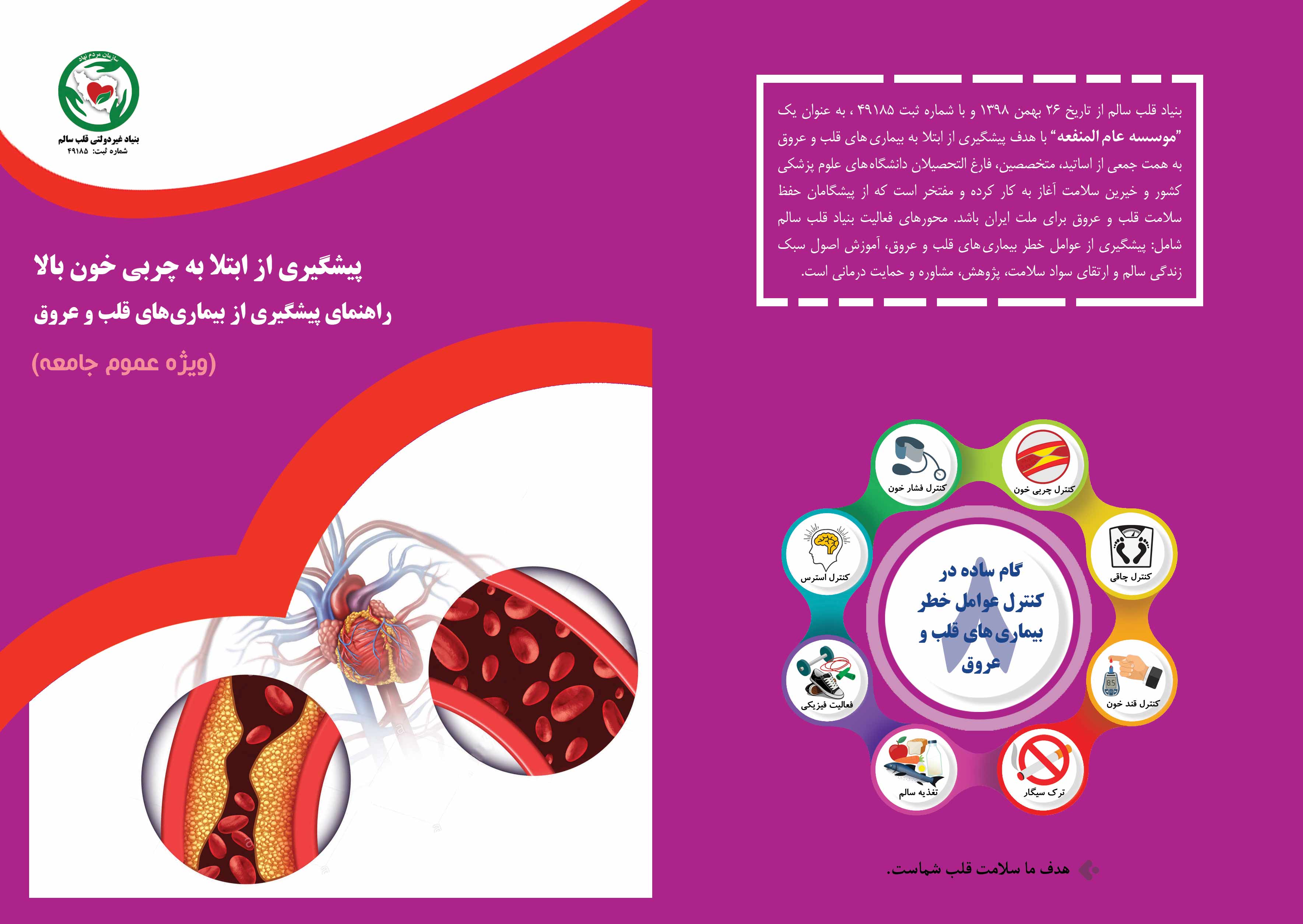



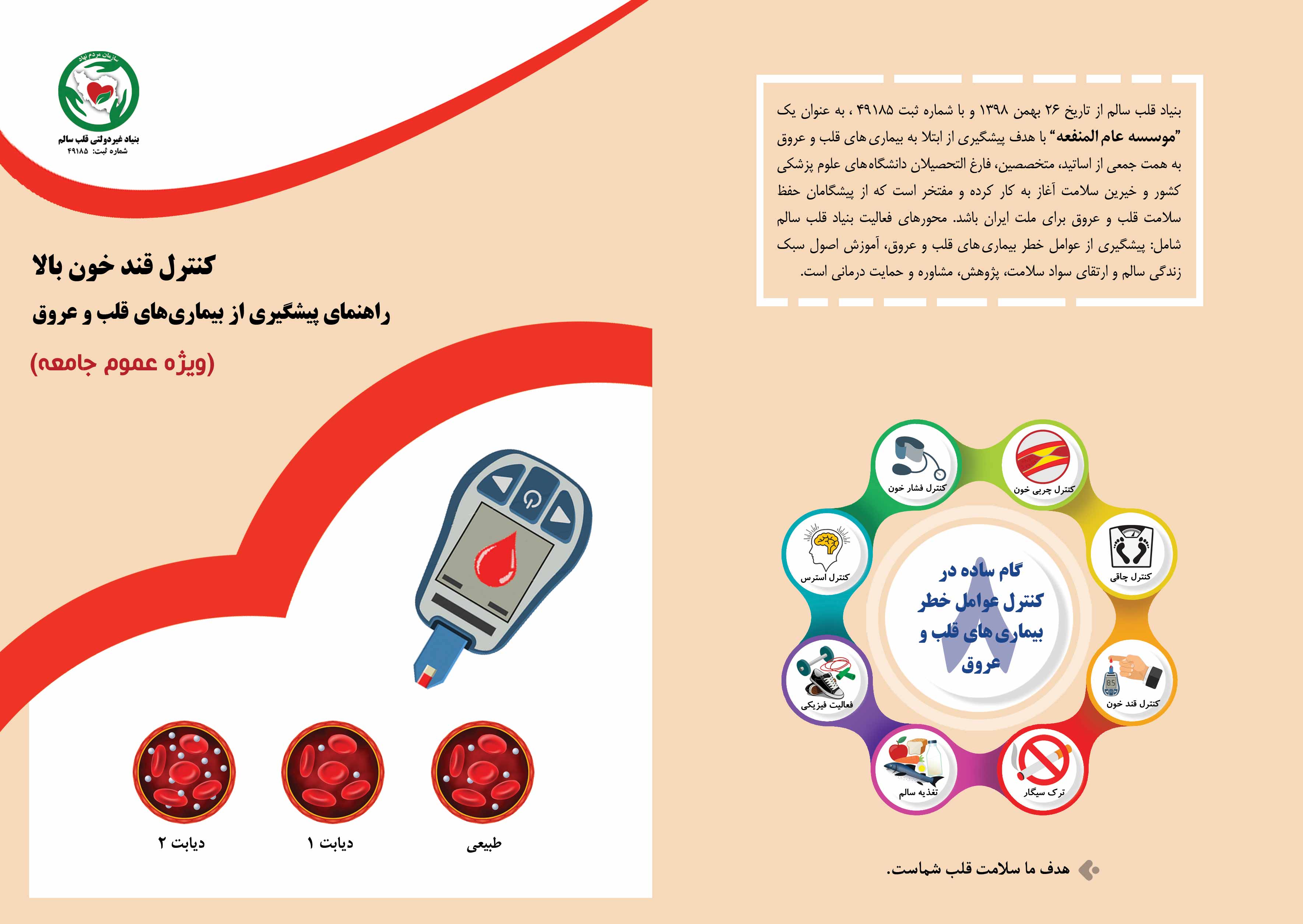
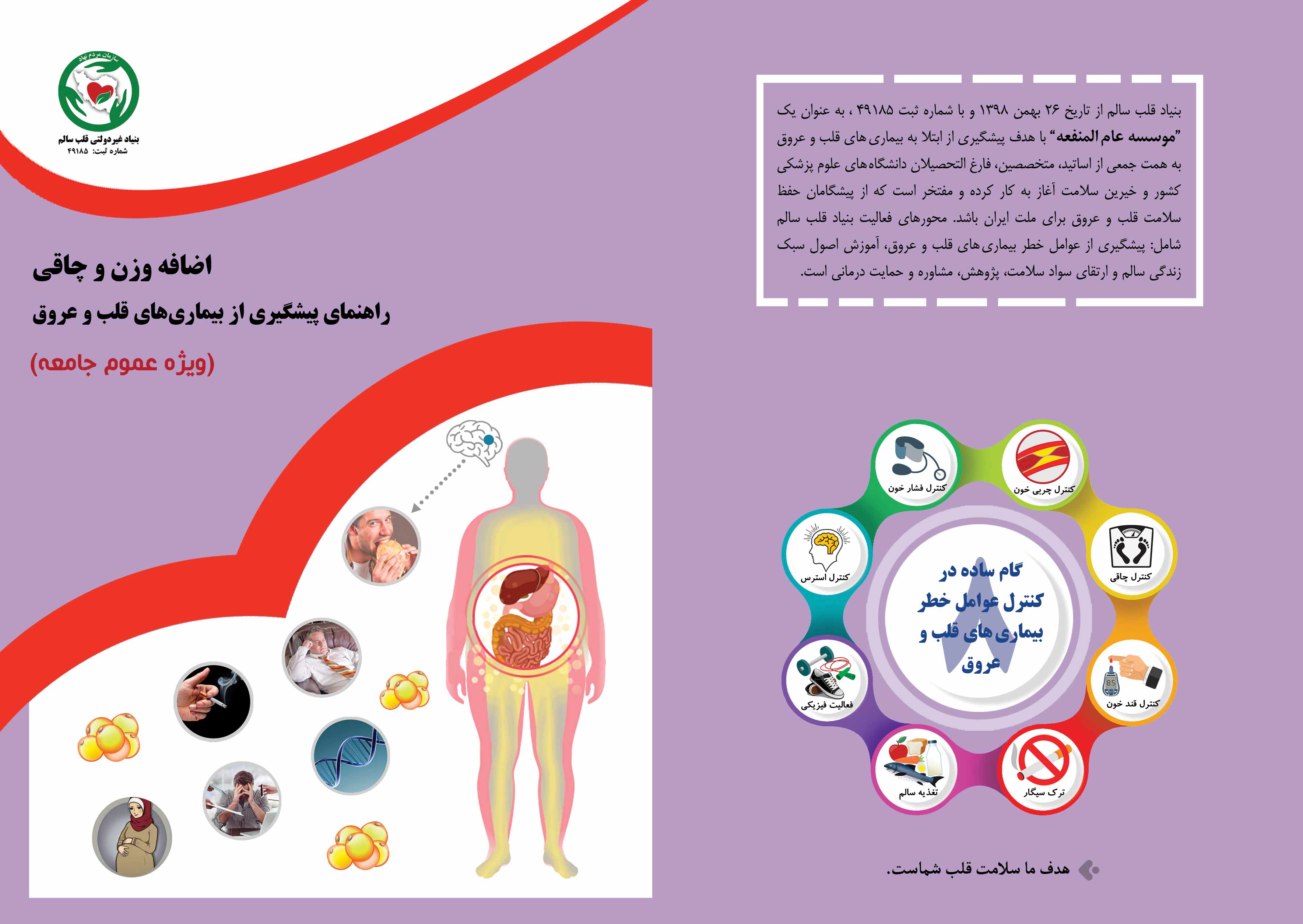

.png)
.png)
ارسال نظر